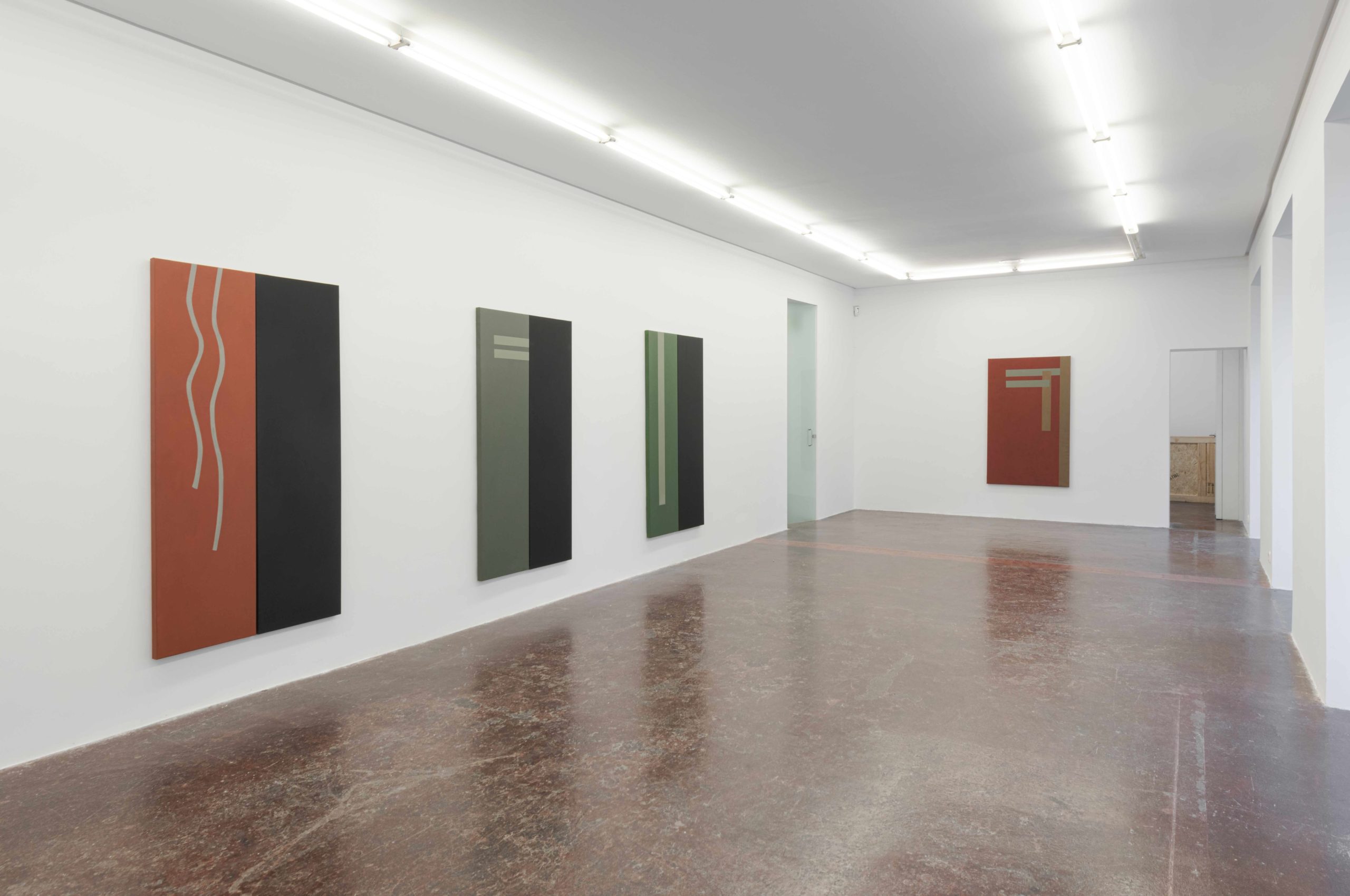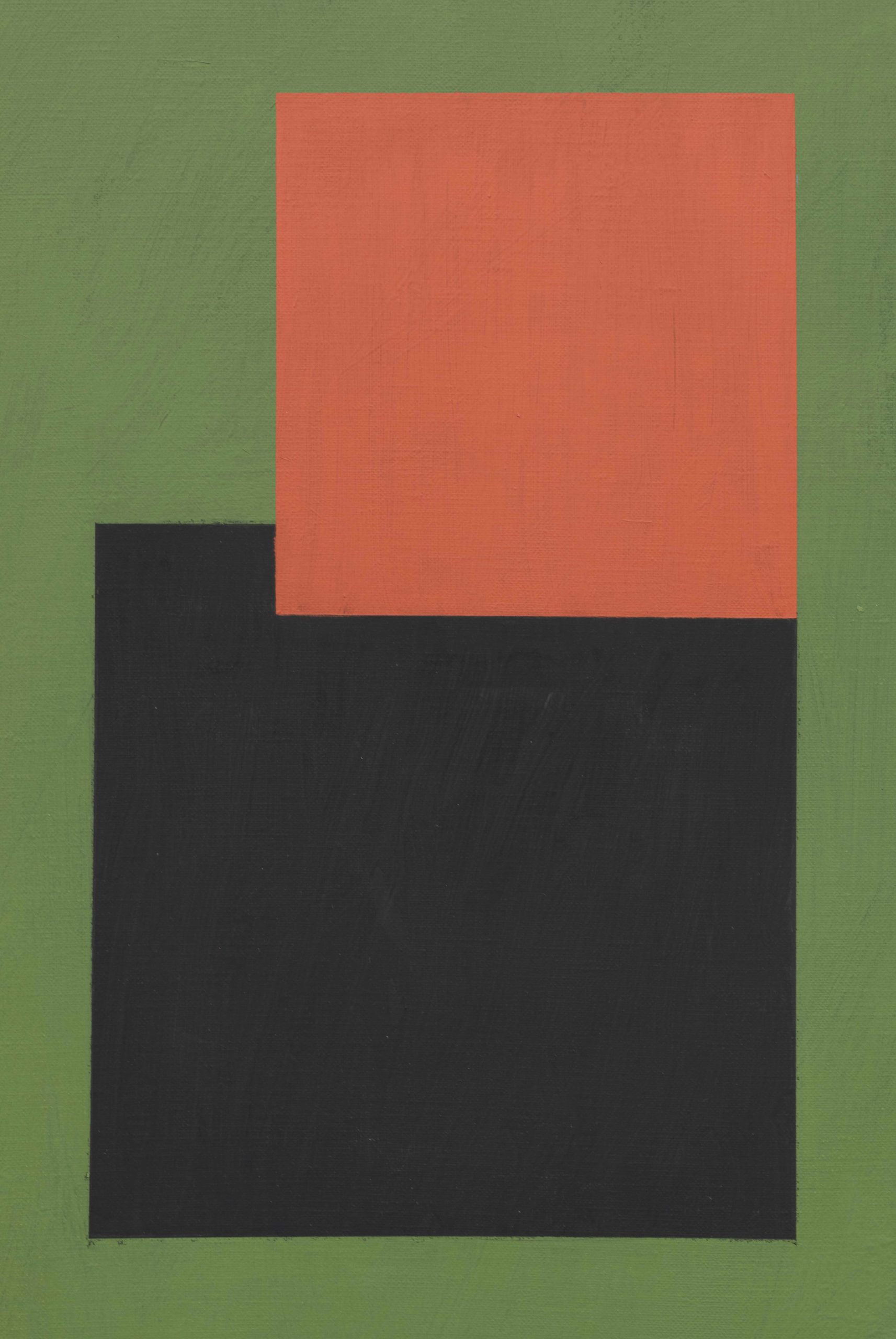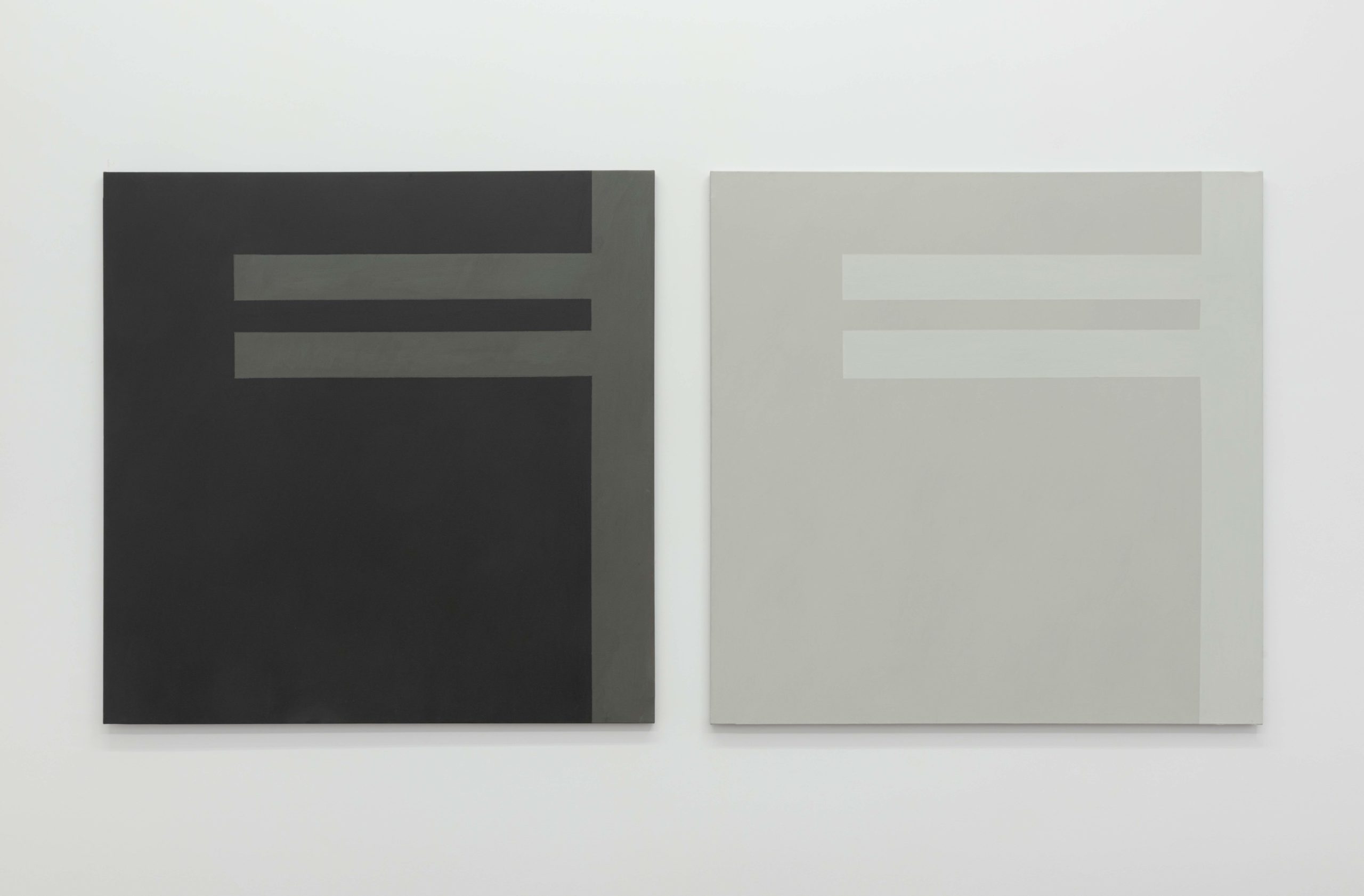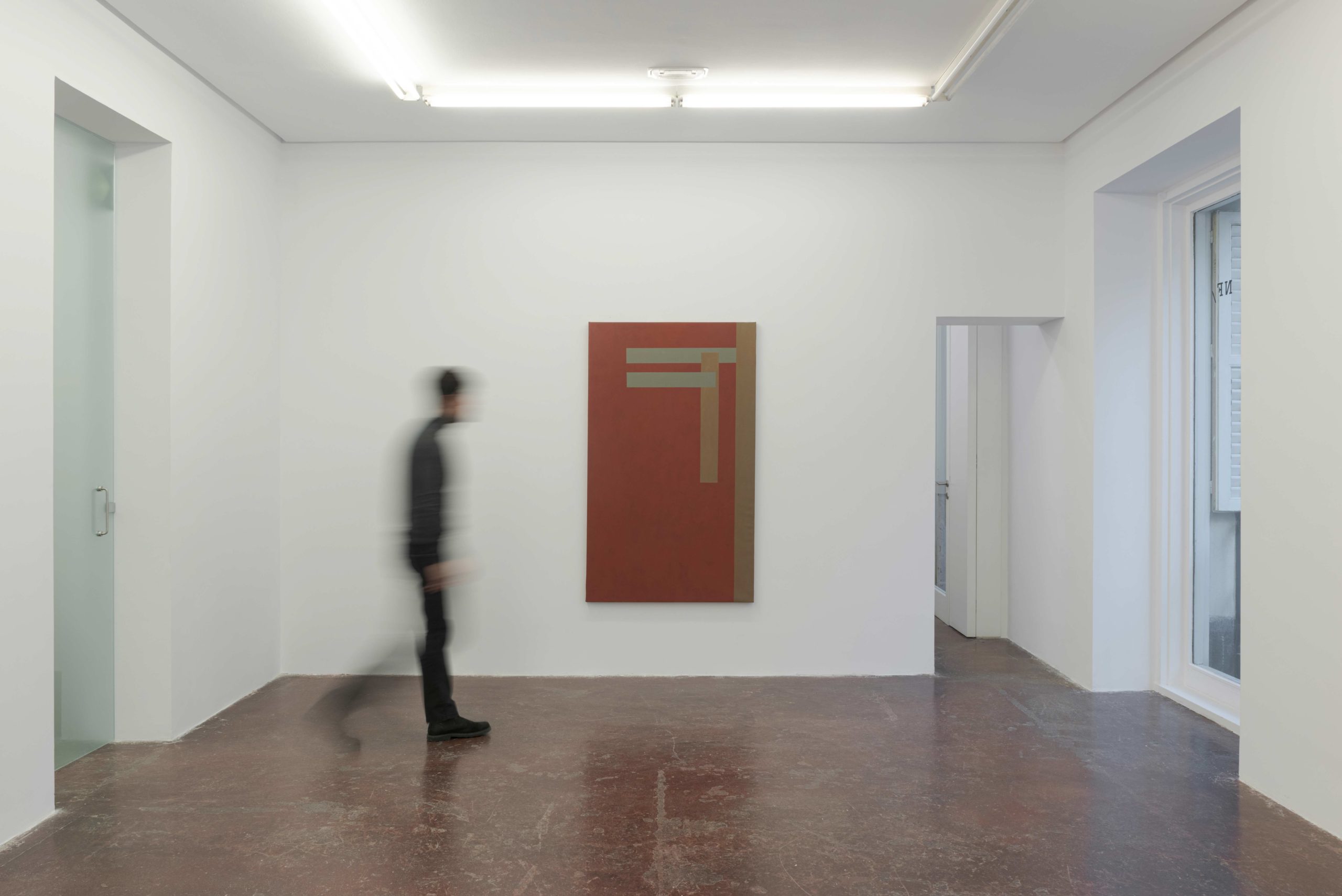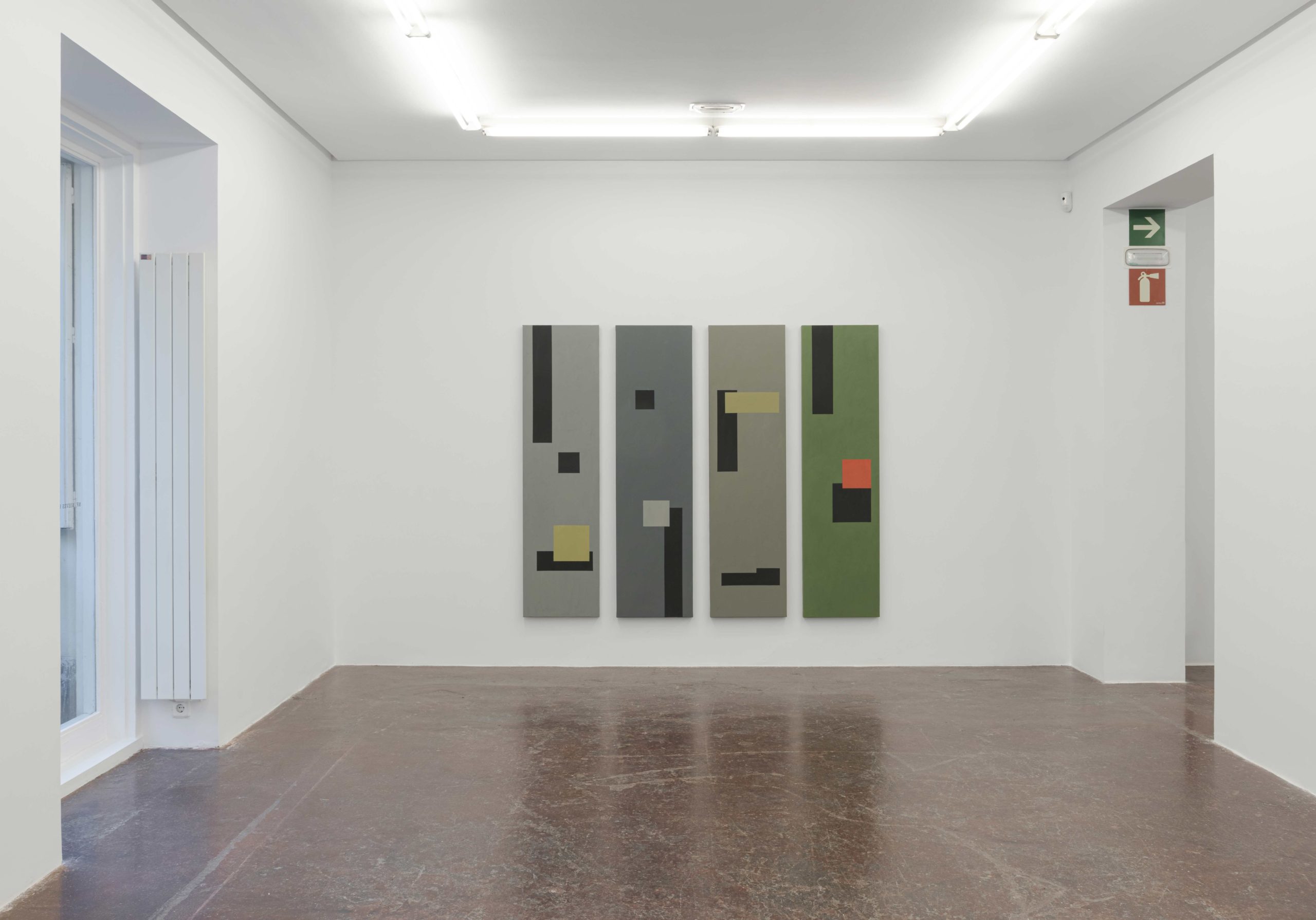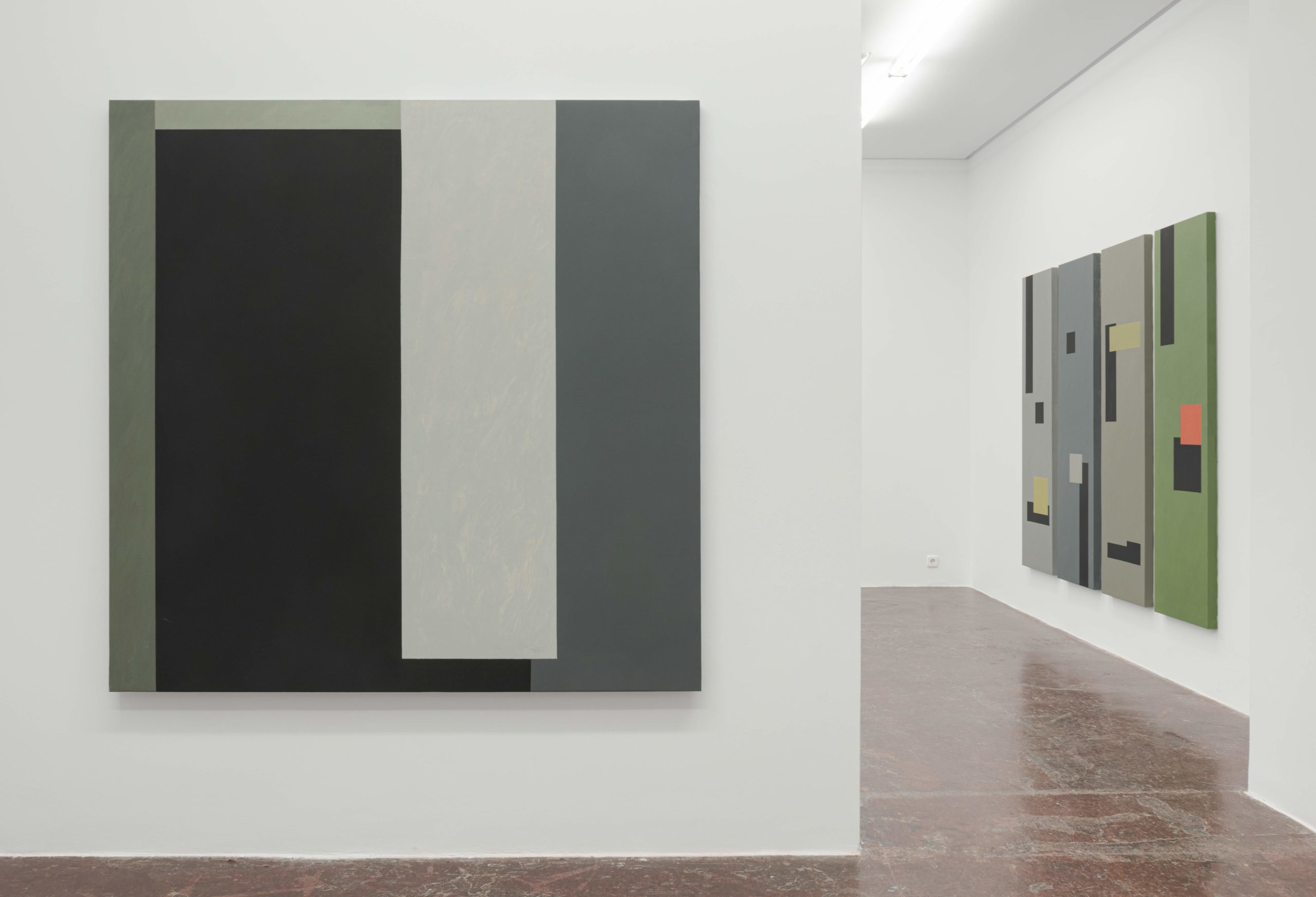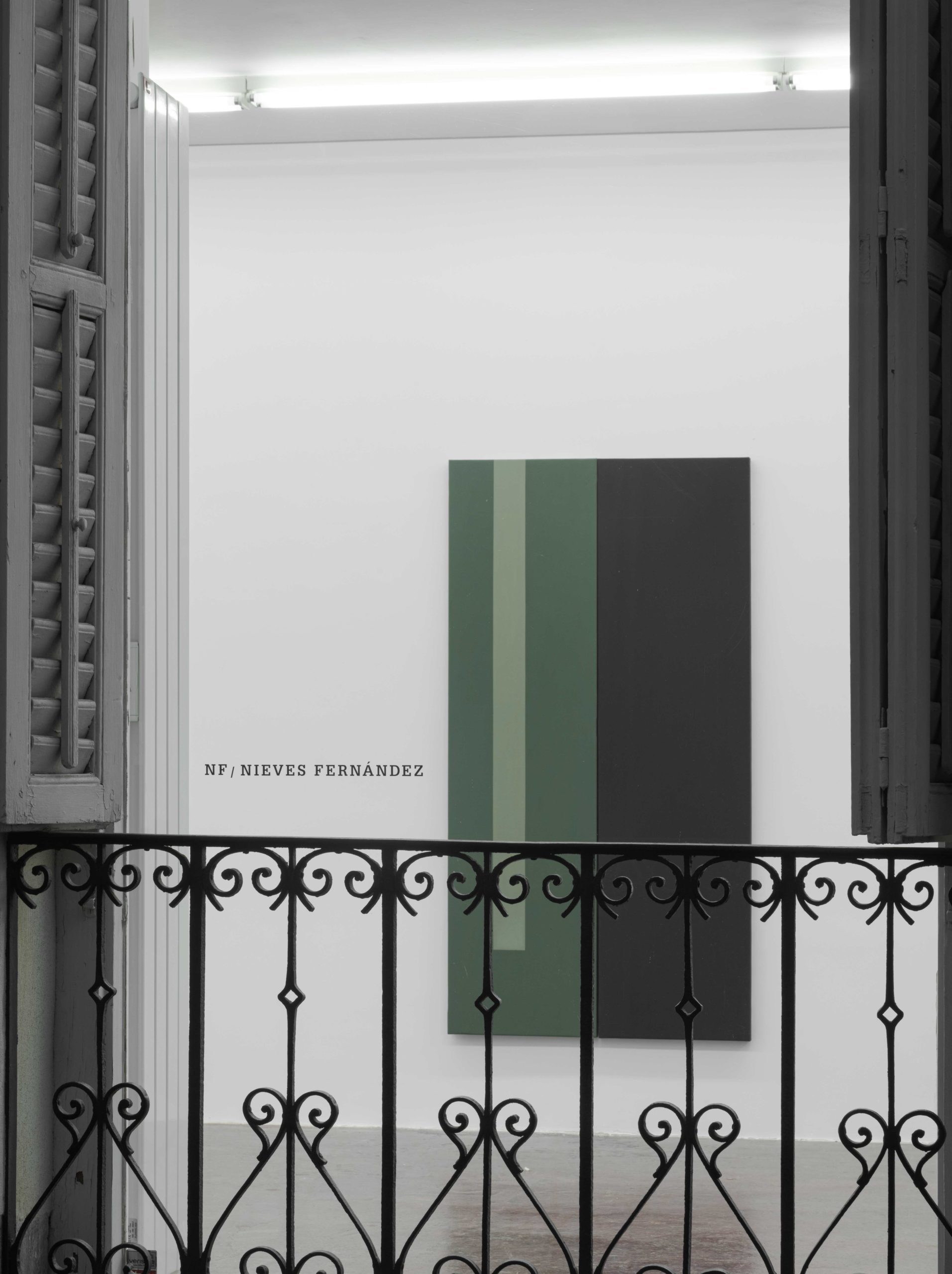JORDI TEIXIDOR. LA EDAD DE LAS COSAS (THE AGE OF THINGS)
NOV 16 - JAN 20After Final de Partida, Jordi Teixidor’s last major exhibition at the IVAM, the pieces left on the board provided evidence of an inevitable conclusion, which, as in many other instances, led us to contemplate that the creative process is not automatic and can lead to outcomes different from those initially intended.
The game played (la partida) may have been, along with his series of black paintings, the most radical in his long career. Success was not in reaching the end but in acknowledging failure, defeat, within which continuity can still be anticipated.
Once again, there is no evidence of representation in his paintings; it is contained within the specific form of his work. The theme does not appear on this occasion either, that theme which, according to W.H. Auden, is nothing more than the peg upon which the poem will hang.
In contrast to the rigor and severity of his work in recent years, there is a new element in the paintings Teixidor presents to us now, a certain irony that, on the one hand, distances us from the object and, on the other, brings us closer to a negation of the same, allowing for complete freedom of apprehension and appreciation.
Three main paintings are central to Teixidor’s work in this exhibition. Their titles: La edad de los nombres (The Age of Names), La edad de las palabras (The Age of Words), and La edad de las cosas (The Age of Things) reference Marcel Proust’s work À la recherche du temps perdu, which, according to the great American critic Edmund Wilson, Proust once considered dividing into three parts with those same titles.
The exhibition also features a composition of four narrow paintings, each with different colors and geometric shapes. It could be seen as a complete musical piece, perhaps with a touch of irony. Nevertheless, in the painting with a crimson background overlaid with a geometric structure of warm colors centered at the top, one might discern a greater determination that is not far from a certain analogy with Rothko’s painting.
Two other works, characterized by rigid geometry, one in black and the other with fading black, evoke the concept of negativity. Negativity is inherent to art. The inexpressible and also silence are part of its language. Because the ultimate goal is not to negate but to reaffirm the indescribable aspect of things.



